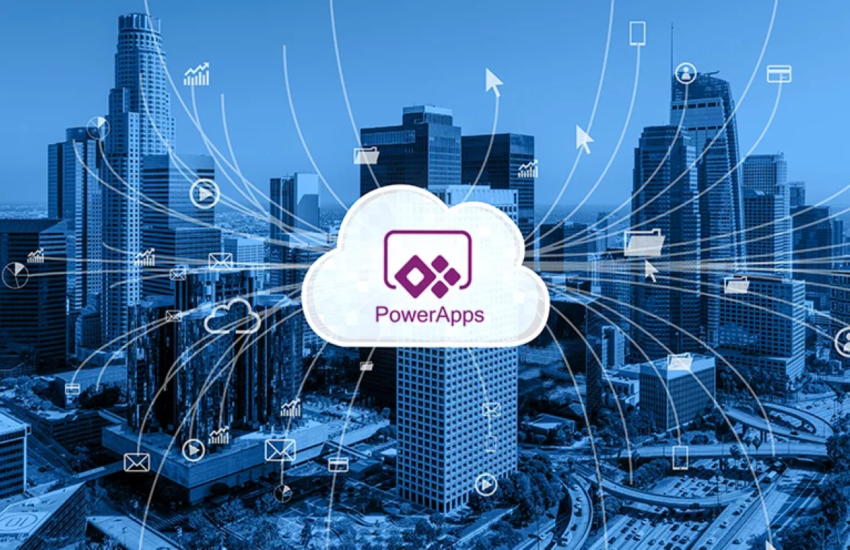- In today’s digital landscape, security is paramount for Azure PowerApps applications.
- Protecting sensitive data and preventing unauthorized access are top priorities for organizations.
- Implementing robust security measures is essential to fortify Azure PowerApps against cyber threats.
- Explore key security strategies to safeguard your applications and maintain data integrity.
- From role-based access control to encryption and monitoring, discover how to strengthen security in Azure PowerApps.
- Empower your organization with the knowledge and tools to mitigate security risks effectively.
As businesses increasingly leverage the capabilities of Azure PowerApps to build custom applications and streamline processes, ensuring the security of these applications becomes paramount. With data breaches and cyber threats on the rise, it’s essential to implement robust security measures to safeguard sensitive information and protect against unauthorized access. In this blog post, we’ll explore key security measures that organizations can implement to fortify their applications built on Azure PowerApps.
Role-Based Access Control (RBAC)
Implementing Role-Based Access Control (RBAC) ensures that users have access only to the resources and data necessary for their roles. In Azure PowerApps, utilize RBAC to define roles with specific permissions, such as view, edit, or delete, and assign these roles to users accordingly. By enforcing least privilege access, organizations can mitigate the risk of unauthorized access and maintain the integrity of their applications.
Data Encryption
Encrypting data at rest and in transit is essential to protect sensitive information from unauthorized disclosure. Azure PowerApps provides encryption capabilities that enable organizations to encrypt data stored in databases, as well as data transmitted between clients and servers. By leveraging encryption technologies such as Azure Key Vault and Transport Layer Security (TLS), organizations can ensure that data remains secure throughout its lifecycle.
Secure Authentication and Authorization
Implementing secure authentication and authorization mechanisms is crucial to verify the identities of users and control access to applications. Azure PowerApps supports various authentication methods, including Azure Active Directory (AAD), OAuth, and SAML, allowing organizations to authenticate users securely. Additionally, enforce multi-factor authentication (MFA) to add an extra layer of security and prevent unauthorized access to applications.
Regular Security Audits and Monitoring
Conducting regular security audits and monitoring the activity within Azure PowerApps environments is essential to detect and mitigate security threats proactively. Use Azure Security Center and Azure Monitor to monitor application usage, detect anomalies, and respond to security incidents promptly. Implement logging and auditing features to track user activities, access attempts, and configuration changes, enabling organizations to maintain compliance and identify potential security risks.
Continuous Security Education and Training
Invest in ongoing security education and training programs to raise awareness among users and empower them to recognize and mitigate security threats effectively. Educate users about best practices for creating strong passwords, identifying phishing attempts, and safeguarding sensitive information. Provide training on security policies, procedures, and protocols specific to Azure PowerApps to ensure that users understand their roles and responsibilities in maintaining application security.
Conclusion: Strengthening Security in Azure PowerApps
In conclusion, fortifying applications built on Azure PowerApps requires a comprehensive approach to security that encompasses access control, data encryption, authentication, monitoring, and user education. By implementing robust security measures and adhering to best practices, organizations can mitigate security risks, protect sensitive information, and maintain the integrity of their applications. With a proactive stance towards security, organizations can leverage the full potential of Azure PowerApps while safeguarding their digital assets against evolving threats in today’s cyber landscape.
Unlock the potential of your business with Azure PowerApps development services in Dubai. Streamline processes, boost productivity, and drive innovation with tailored solutions.


